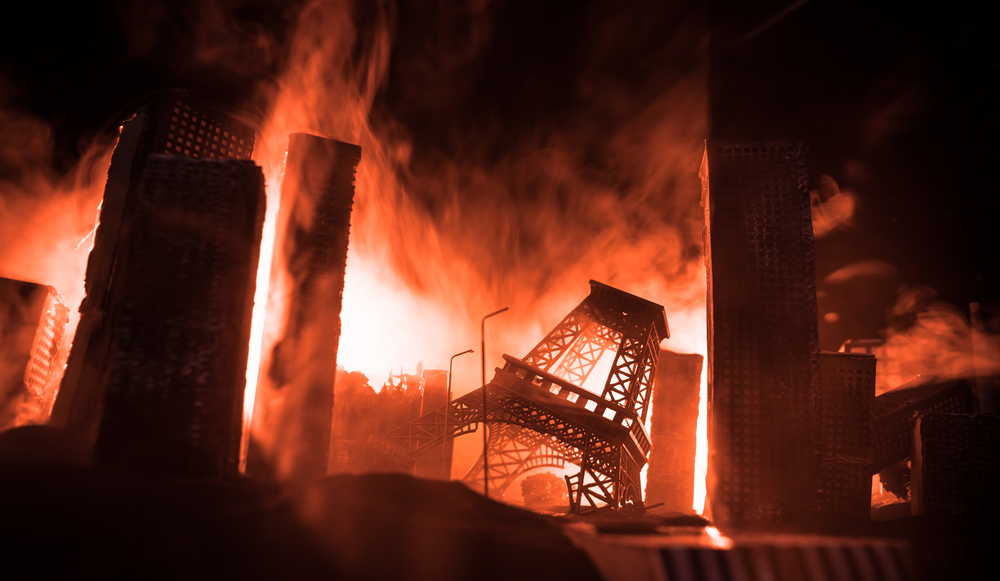
What’s more terrifying: the possibility of a nuclear explosion or having no idea what to do in case one does happen? With tensions running hot and headlines darkening, no wonder readiness-aware individuals are scouring for concise, practical survival advice. As horrifying as the threat of a nuclear explosion is, expert-informed methods can be a lifesaver in your security and sanity.
The US government and disaster professionals have quietly updated nuclear survival guidance, past Cold War duck-and-cover exercises to logical, science-based actions you can take today. This handbook condenses the most essential, current advice on surviving the mayhem of a nuclear incident, from the initial blinding flash through fallout days that follow. Here’s how to safeguard yourself and your family no hazmat suit necessary.
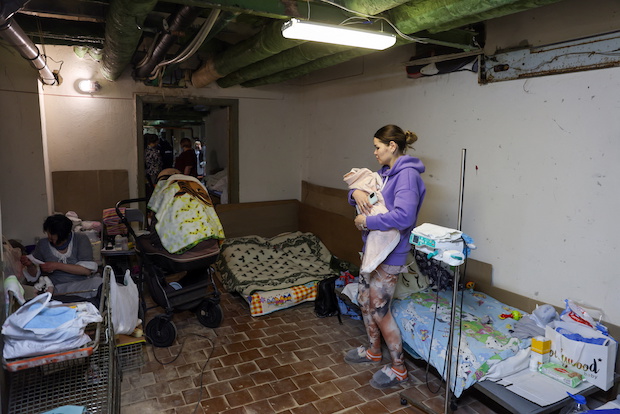
1. Get Inside Fast, and Choose Your Shelter Wisely
The first few minutes after a nuclear detonation are critical. According to FEMA, fallout is “most dangerous” in the first few hours after the detonation when it is “giving off the highest levels of radiation.” You’ll have a brief window often 10 to 15 minutes before radioactive particles start raining down. Experts such as Brooke Buddemeier, a Lawrence Livermore National Laboratory health physicist, advise that the best action to take is to move into the closest solid building, preferably with heavy concrete or brick walls. Basements and the interior of large, multistoried buildings provide the greatest protection, with cars, mobile homes, and outdoor spaces simply not doing the trick.
Stay away from windows and outer walls, and if possible, head underground. As FEMA puts it: “Go to the basement or middle of the building. Stay away from the outer walls and roof.”

2. Stay Put Why 24 Hours Indoors Is Non-Negotiable
Once you’re sheltered, the next step is simple but vital: stay inside for at least 24 hours, unless authorities say otherwise. Radiation levels drop rapidly as fallout decays over 80% of its energy is gone in the first day. The American Red Cross confirms that most people can safely leave shelter after a few days, but those in the highest fallout zones may need to stay put for up to a month.
Avoid temptation to visit family or friends outdoors being out too early may put you in harm’s way from toxic radiation. Keep everyone indoors, including pets, and wait for official notice. As FEMA bluntly instructs: “Stay inside for 24 hours unless local authorities provide other instructions.”
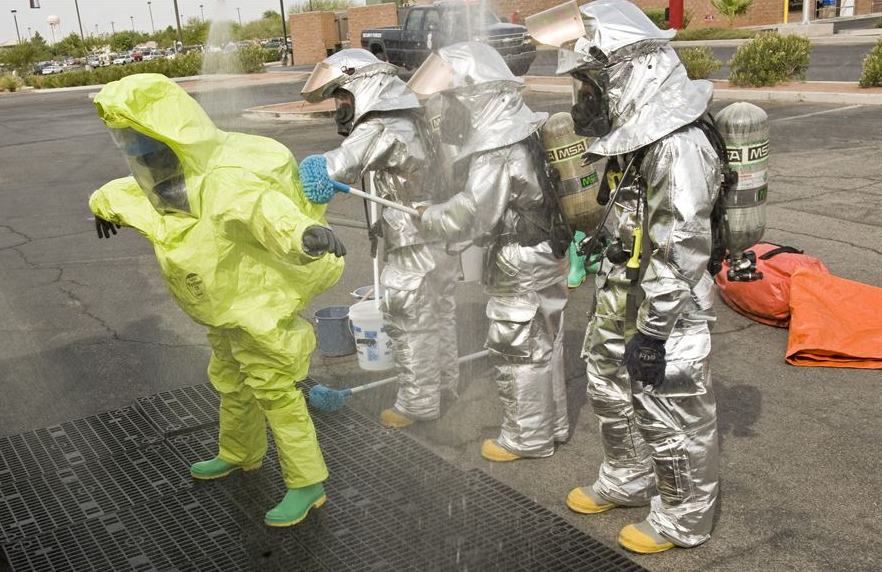
3. Decontaminate: Remove Fallout from Your Body and Clothes
If you were out or exposed at the time of the blast, decontamination is your next priority. Taking off outer clothing removes up to 90% of radioactive material so drop your clothes and bag them if you can. Brush off any visible dust and carefully wipe or wash exposed hair and skin with soap and water. Don’t scrub hard, as this will push radioactive particles deeper into your skin.
Pets require the same kind of treatment: brush their hair and bathe them if you are able. The Department of Health and Human Services indicates that “fallout is likely to be large salt and sand-sized particles, like dirt, that can be easily removed with brushing and gentle wiping.”
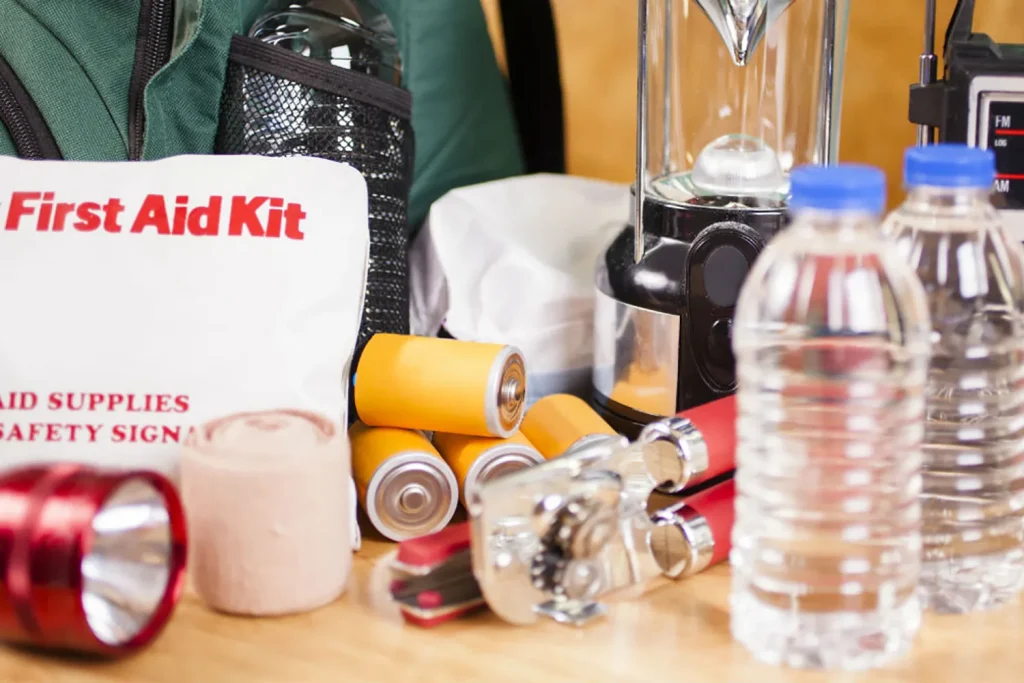
4. Assemble a Better Emergency Kit What You Really Need
Ditch the doomsday bunker fantasies. A useful emergency kit is your friend. FEMA and preparedness professionals suggest filling your kit with bottled water (at least one gallon per person per day for fourteen days), non-perishable canned goods, emergency medications, a hand-crank or battery-powered radio, a flashlight, and spare batteries.
Think of including plastic sheeting and duct tape to close windows and doors, along with an elementary first aid kit and any prescription medication you can’t do without. If you’re particularly risk-averse, a low-tech radiation detector will enable you to gauge when to emerge from shelter. Bottom line: Prepping is power.
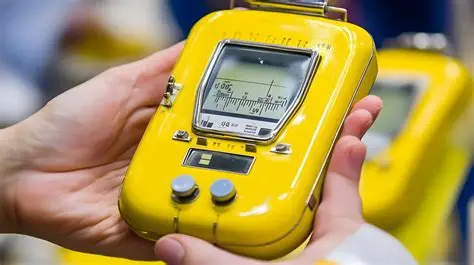
5. Know Fallout: How Long It Lasts and When It’s Safe to Leave
Fallout radiation doesn’t last indefinitely, but it’s essential to know how long. The first 72 hours are the most dangerous, with radiation levels plummeting after the first day. The “7-10 Rule” is a useful rule of thumb: for every seven times more time since the blast, radiation exposure decreases by a factor of ten.
Two weeks later, radiation can be low enough to allow some outdoor activities in most places, but hotspots remain dangerous for months or years from long-lived isotopes such as Cesium-137 and Strontium-90. Listen always for official advice before going out radiation can’t be seen, and making an educated guess just isn’t worth it.
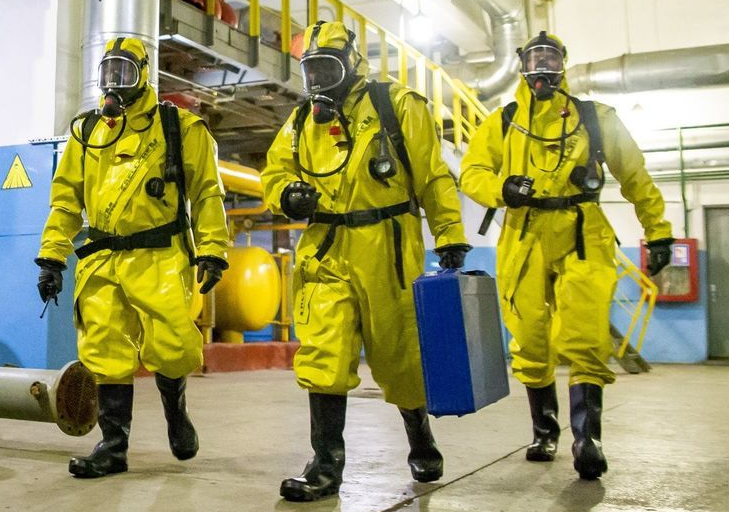
6. Place Urgent Medical Needs Ahead of Radiation Worries
Following a blast, saving lives from life-threatening injuries comes first, ahead of decontamination. As the CDC and HHS emphasize, “life-threatening conditions should never await urgent medical treatment due to concerns for contamination.”
First responders are taught to think first about trauma and serious medical conditions before they worry about radiation. So if a person is hurt, call for assistance immediately contamination is seldom instantly life-threatening and can be treated once urgent care is provided.

7. Understand the Health Hazards: Acute and Chronic Effects
Exposure to radiation can induce acute radiation syndrome (ARS) where high doses are involved, with the symptoms of nausea, vomiting, and death in the extreme. For the vast majority outside the immediate blast area, however, there are much lower risks, provided that shelter is taken promptly. There are also higher cancer incidence over the long term, notably from isotopes that remain in the body.
The psychological effects shouldn’t be dismissed either survivors tend to develop anxiety and PTSD. Staying educated and aware of community resources can help alleviate the mental burden.

8. Don’t Depend on Your Car for Safety
It might be tempting to jump in your car and drive away, but experts warn that vehicles offer little protection against radiation. Gamma rays from fallout can penetrate car windows and thin metal, making them nearly as dangerous as being outside.
If you’re caught in your vehicle during a blast, stop safely, duck down, and cover exposed skin but get to a proper shelter as soon as possible.
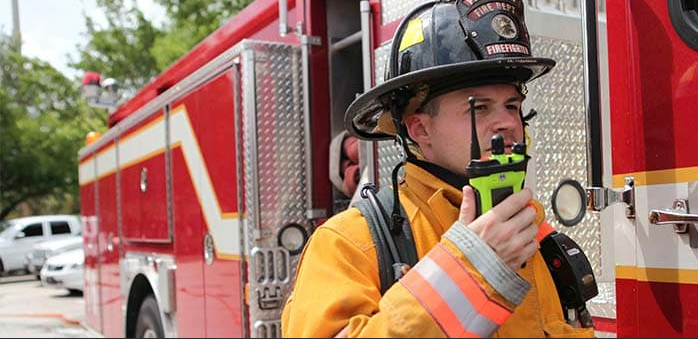
9. Stay Informed Why Information Is Your Lifeline
Information is everything in a disaster. Have a battery-powered or hand-crank radio on hand to get updates from emergency authorities. Instructions on when it’s time to emerge, where to locate aid, and how to steer clear of contaminated zones will be provided by officials not social media speculation.
As FEMA recommends, “Keep informed about news on the official information such as when it is safe to leave.” Have faith in the experts, and follow their lead on what to do next.
Though the concept of a nuclear explosion is certainly frightening, these know-how-supported measures assure that one may indeed survive and likely will with proper information and planning. By prioritizing effective action and ignoring hysteria, smart-preparation individuals are able to transform fear into strength. Be prepared, stay aware, and remember: in the unimaginable, there’s always a way out.


